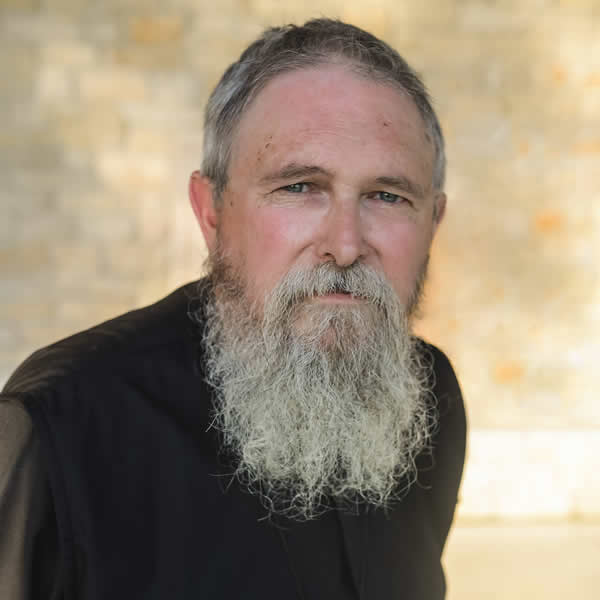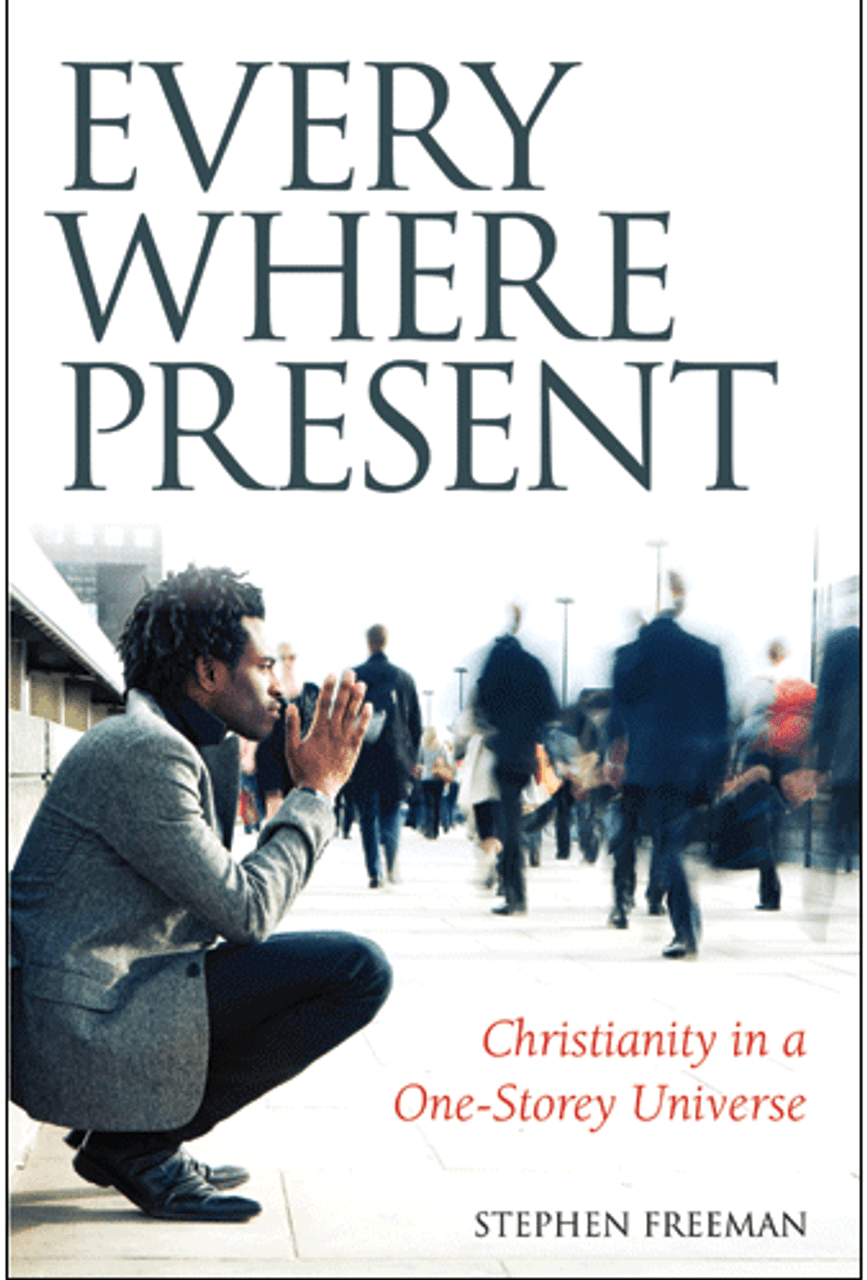Today is the feast day of St. Nektarios of Aegina, whose hymn “O Virgin Pure,” is among the most popular modern hymns in the Orthodox Church. Here it is sung by monks of Valaam Monastery (in Russian). An English translation follows. Saints sing.
O Virgin Pure
- by St. Nectarios
- Plagal First Tone (Tone 5)
Refrain: Rejoice, O Bride Unwedded!
- O Virgin pure, immaculate/ O Lady Theotokos
- O Virgin Mother, Queen of all/ and fleece which is all dewy
- More radiant than the rays of sun/ and higher than the heavens
- Delight of virgin choruses/ superior to Angels.
- Much brighter than the firmament/ and purer than the sun’s light
- More holy than the multitude/ of all the heav’nly armies.
Rejoice, O Bride Unwedded!
- O Ever Virgin Mary/ of all the world, the Lady
- O bride all pure, immaculate/ O Lady Panagia
- O Mary bride and Queen of all/ our cause of jubilation
- Majestic maiden, Queen of all/ O our most holy Mother
- More hon’rable than Cherubim/ beyond compare more glorious
- than immaterial Seraphim/ and greater than angelic thrones.
Rejoice, O Bride Unwedded!
- Rejoice, O song of Cherubim/ Rejoice, O hymn of angels
- Rejoice, O ode of Seraphim/ the joy of the archangels
- Rejoice, O peace and happiness/ the harbor of salvation
- O sacred chamber of the Word/ flow’r of incorruption
- Rejoice, delightful paradise/ of blessed life eternal
- Rejoice, O wood and tree of life/ the fount of immortality.
Rejoice, O Bride Unwedded!
- I supplicate you, Lady/ now do I call upon you
- And I beseech you, Queen of all/ I beg of you your favor
- Majestic maiden, spotless one/ O Lady Panagia
- I call upon you fervently/ O sacred, hallowed temple
- Assist me and deliver me/ protect me from the enemy
- And make me an inheritor/ of blessed life eternal.
Rejoice, O Bride Unwedded!






Leave a Reply